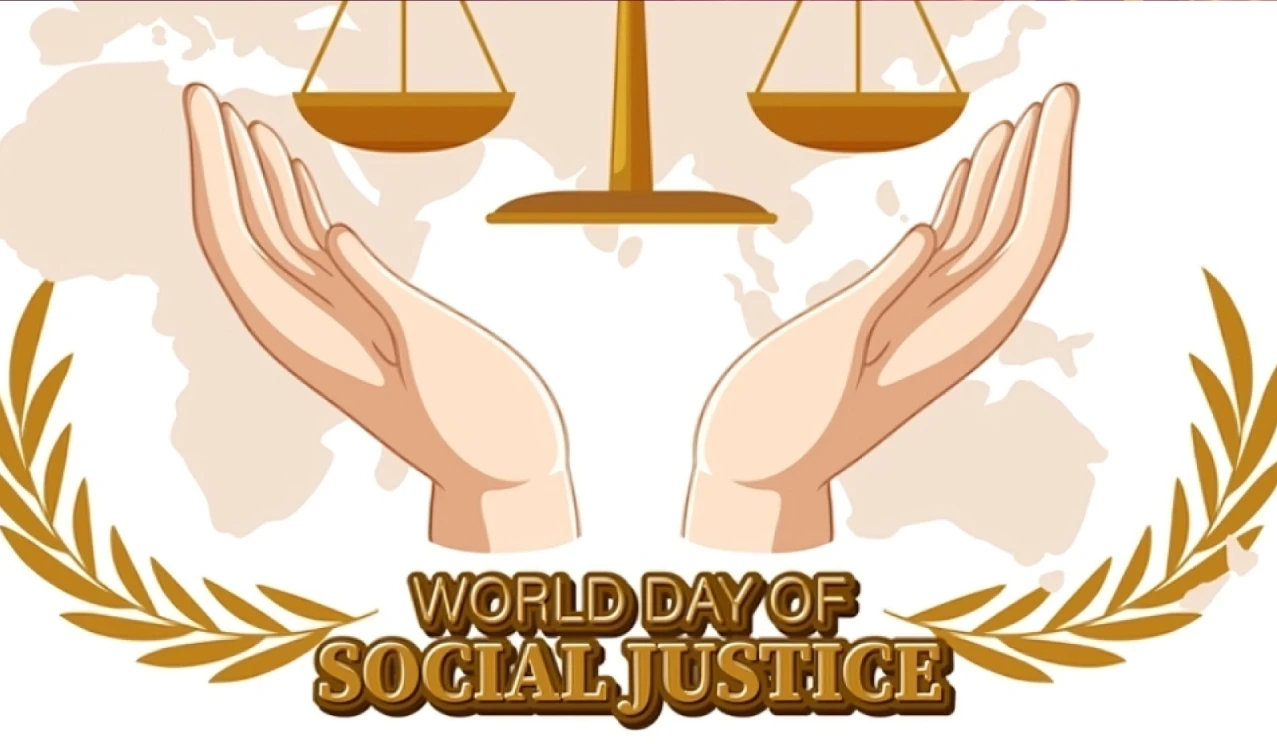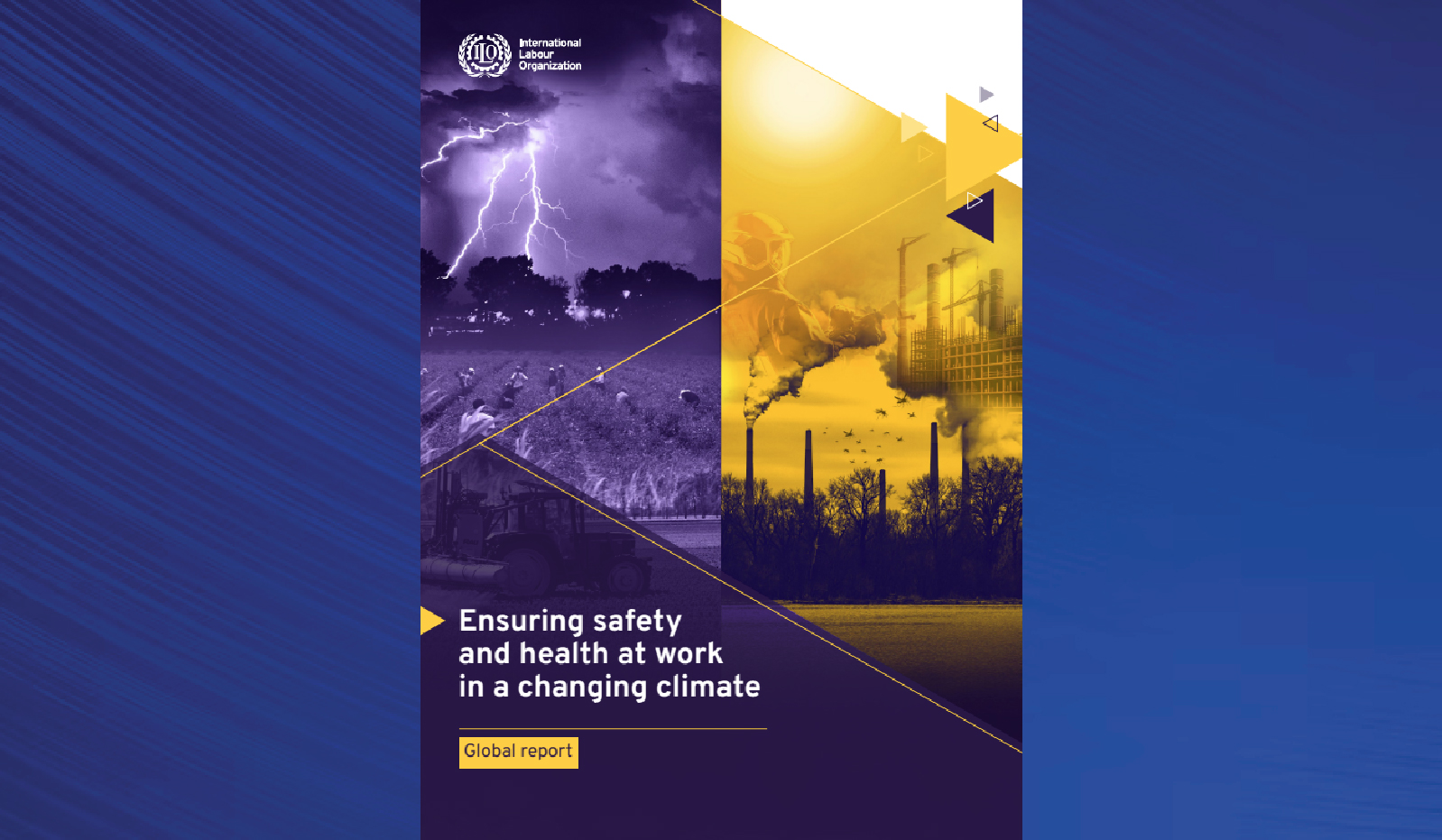The report precedes the Second World Summit for Social Development in Doha (November 2025) , marking the 30th anniversary of the 1995 Copenhagen Summit on Social Development
Key Highlights Of The Report
What Is Social Justice?
|
- Progress: Extreme poverty fell from 39% to 10% of the world’s population.
- Also, for the first time, >50% of the world population is covered by some social protection scheme (since 2023).
- Deficits: Progress in reducing inequality has stalled.
- 71% of a person’s earnings is determined exclusively by the circumstances of their birth.
- Trust in institutions has been declining worldwide since 1982.
- Risks: Profound societal transformations (environmental, digital, demographic) threaten to deepen inequality unless deliberate policies intervene.
Adapting Institutions for Social Justice
- Reapply and Adapt Labour Institutions:
- Update core frameworks: social protection, labour protections, active labour market policies to address environmental, digital, and demographic transitions.
- Ensure robust social dialogue to involve social partners in shaping policies.
- Amplify the Social Dimension:
- Integrate labour policies across finance, industry, health, and environmental planning.
- Move beyond narrow frameworks to embed social considerations throughout policymaking.
- Break Silos and Leverage Global Cooperation:
- Promote collaboration among government ministries, international institutions, and social partners.
- Use instruments like the Global Coalition for Social Justice and the Second World Summit for Social Development to strengthen coordinated, holistic responses.





